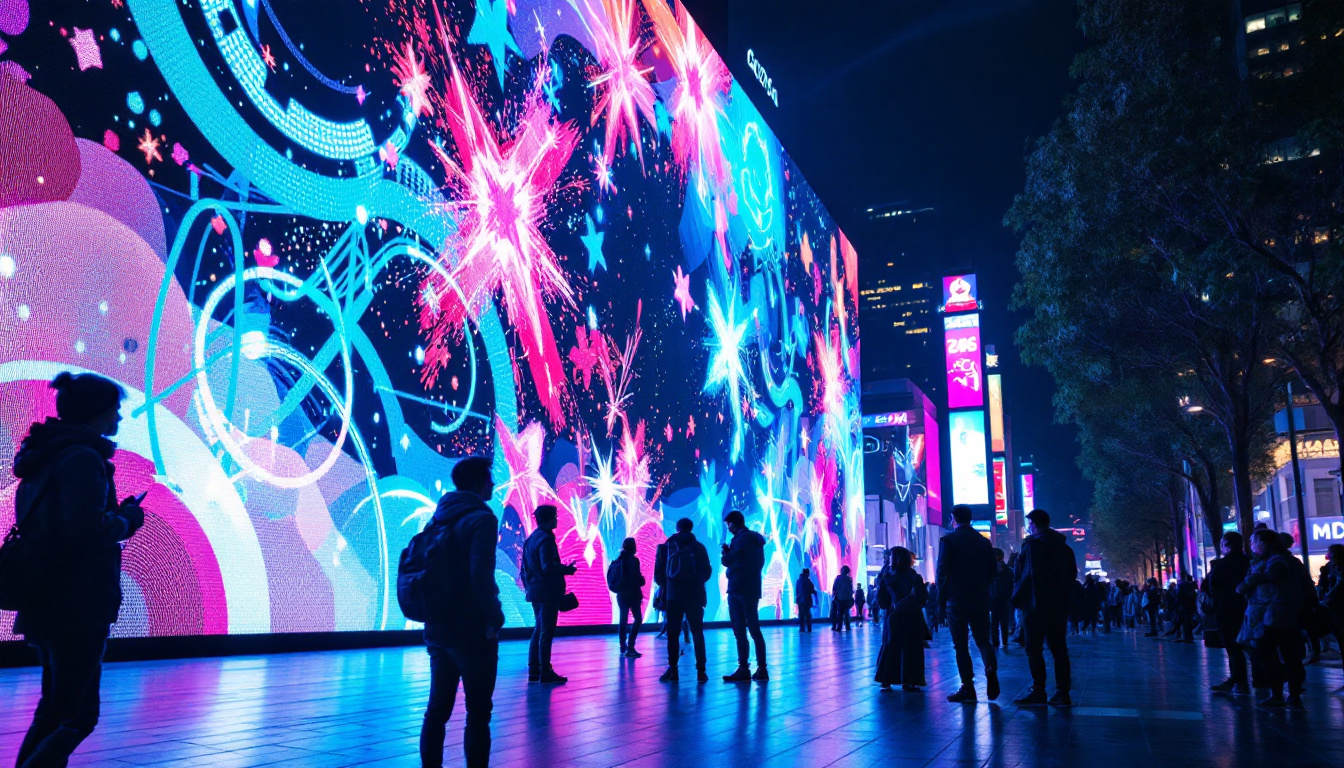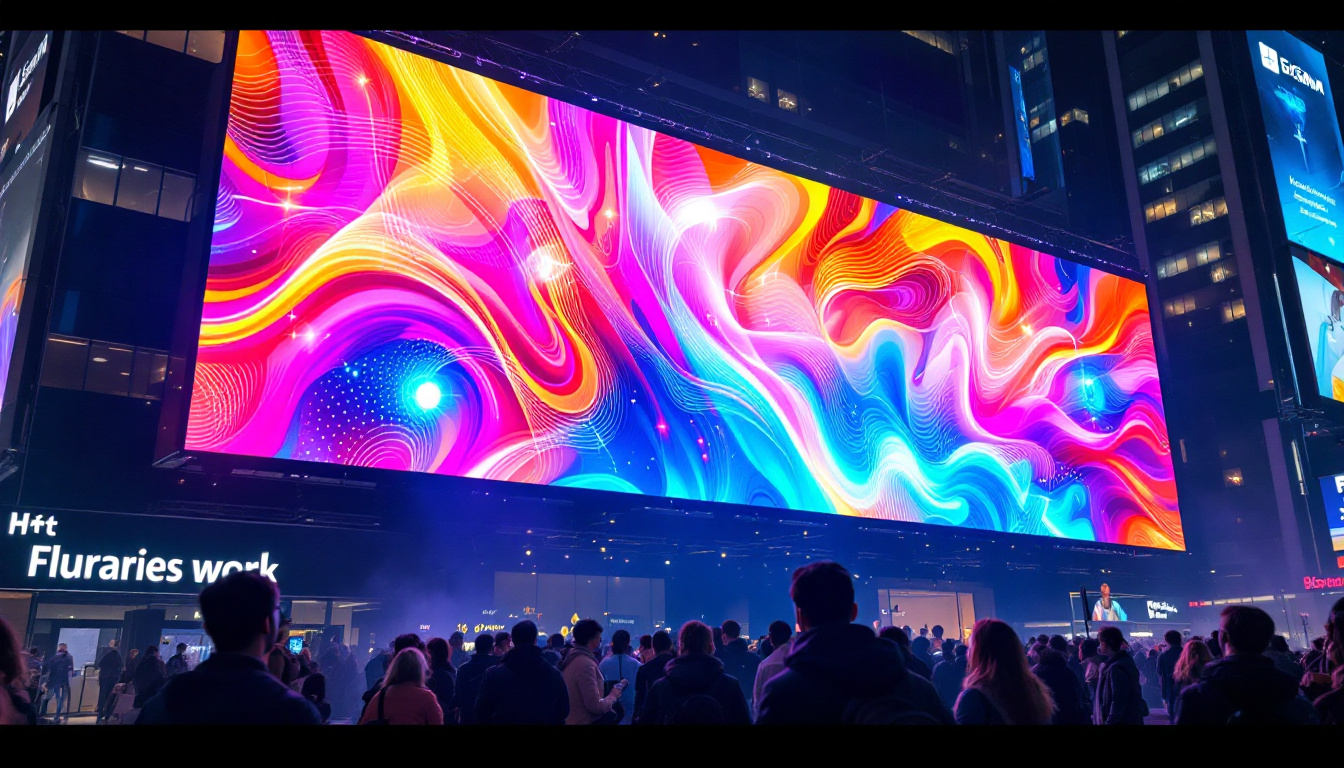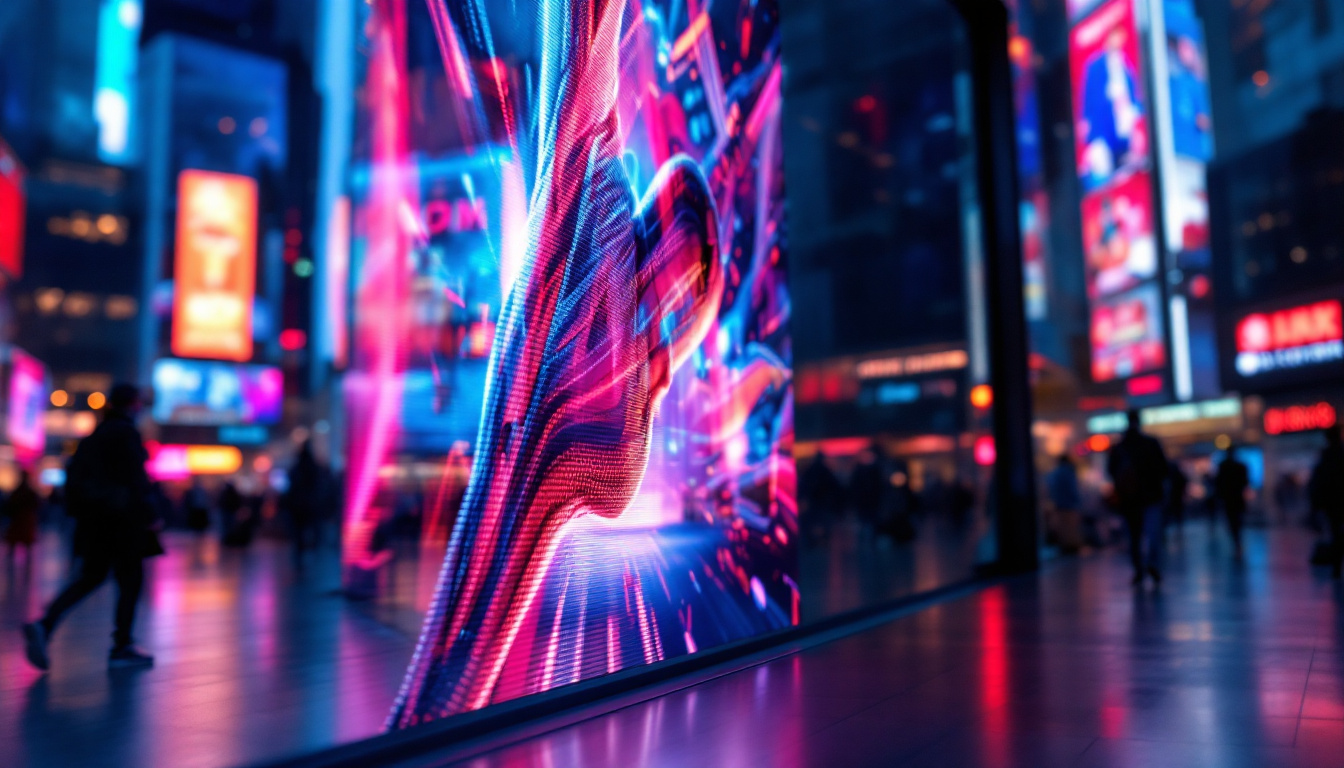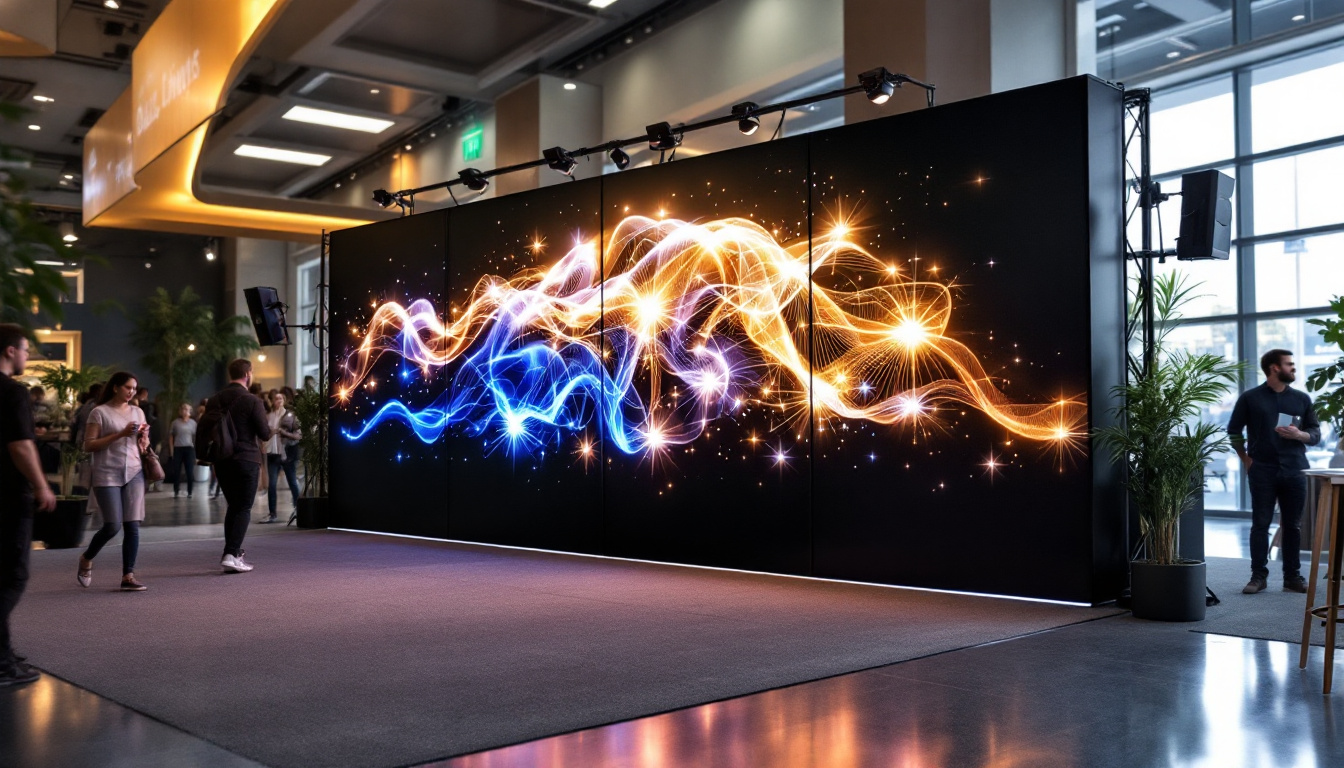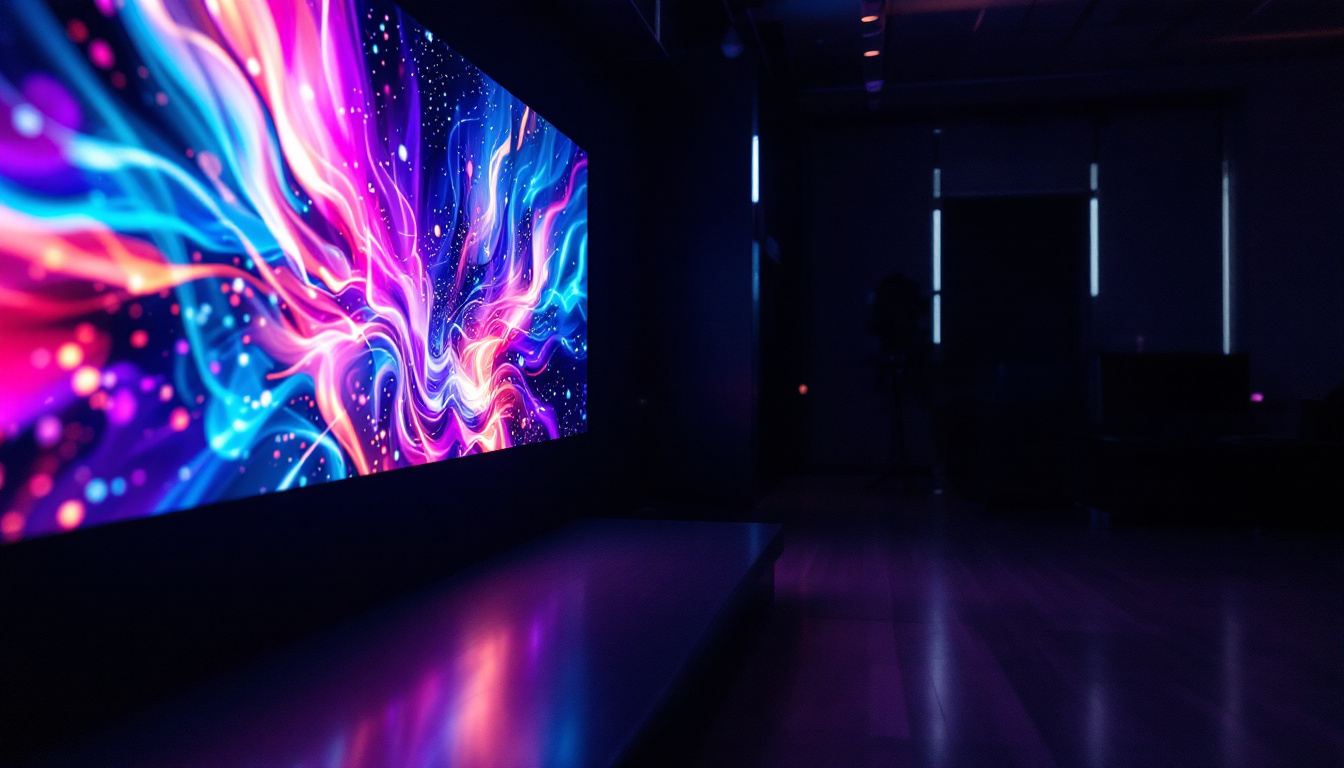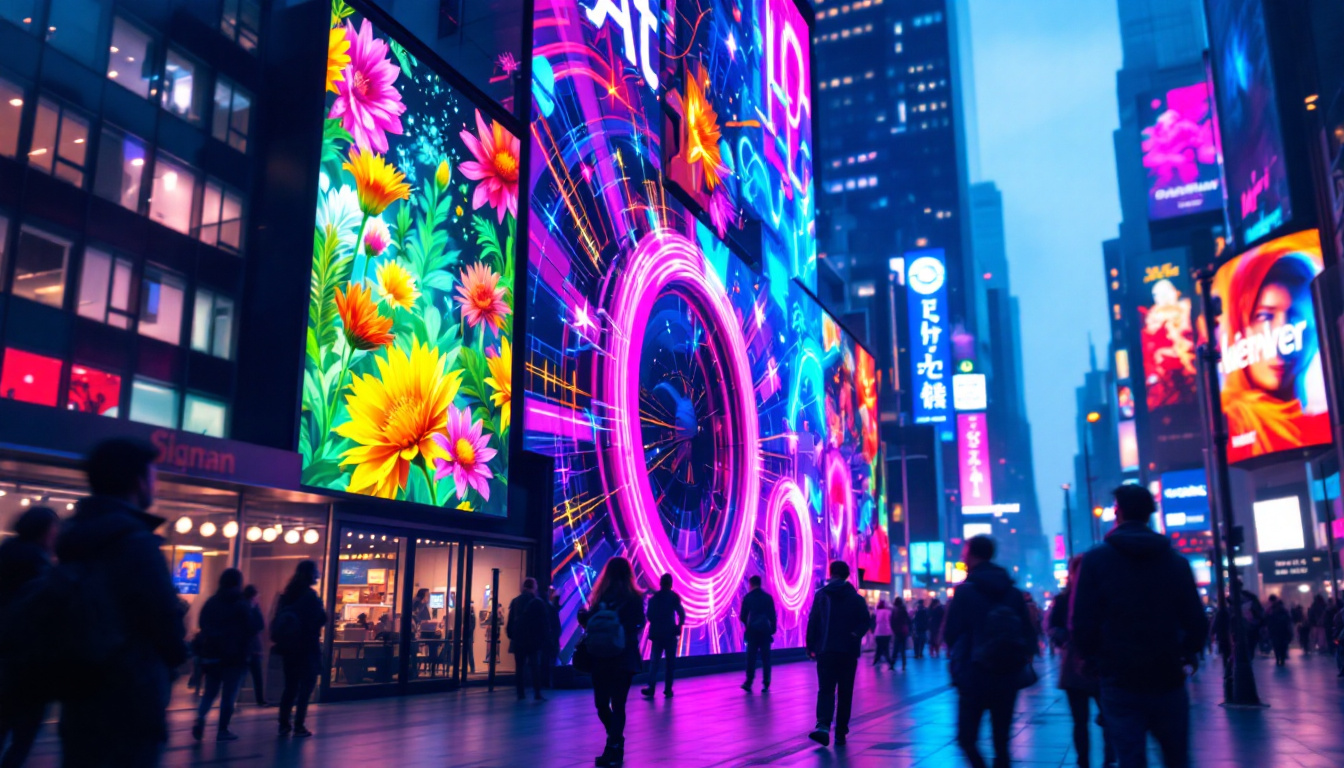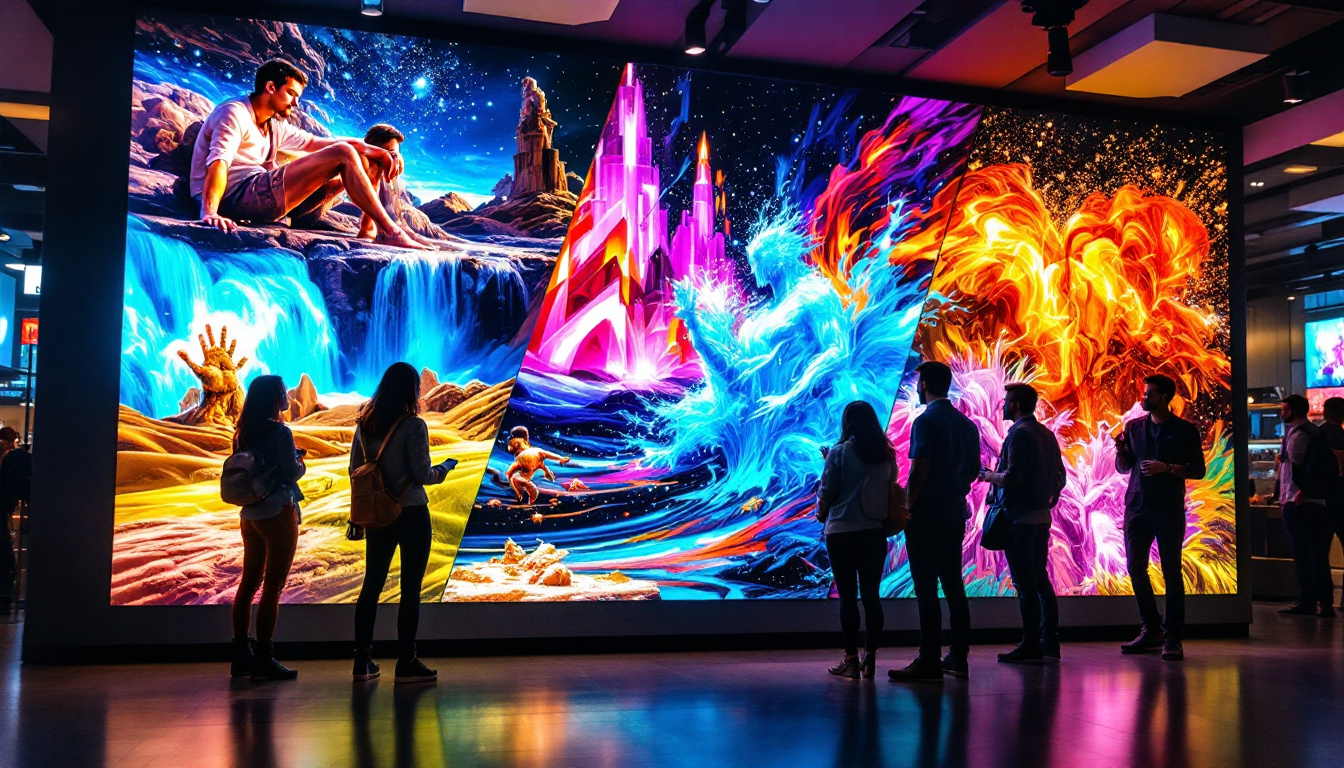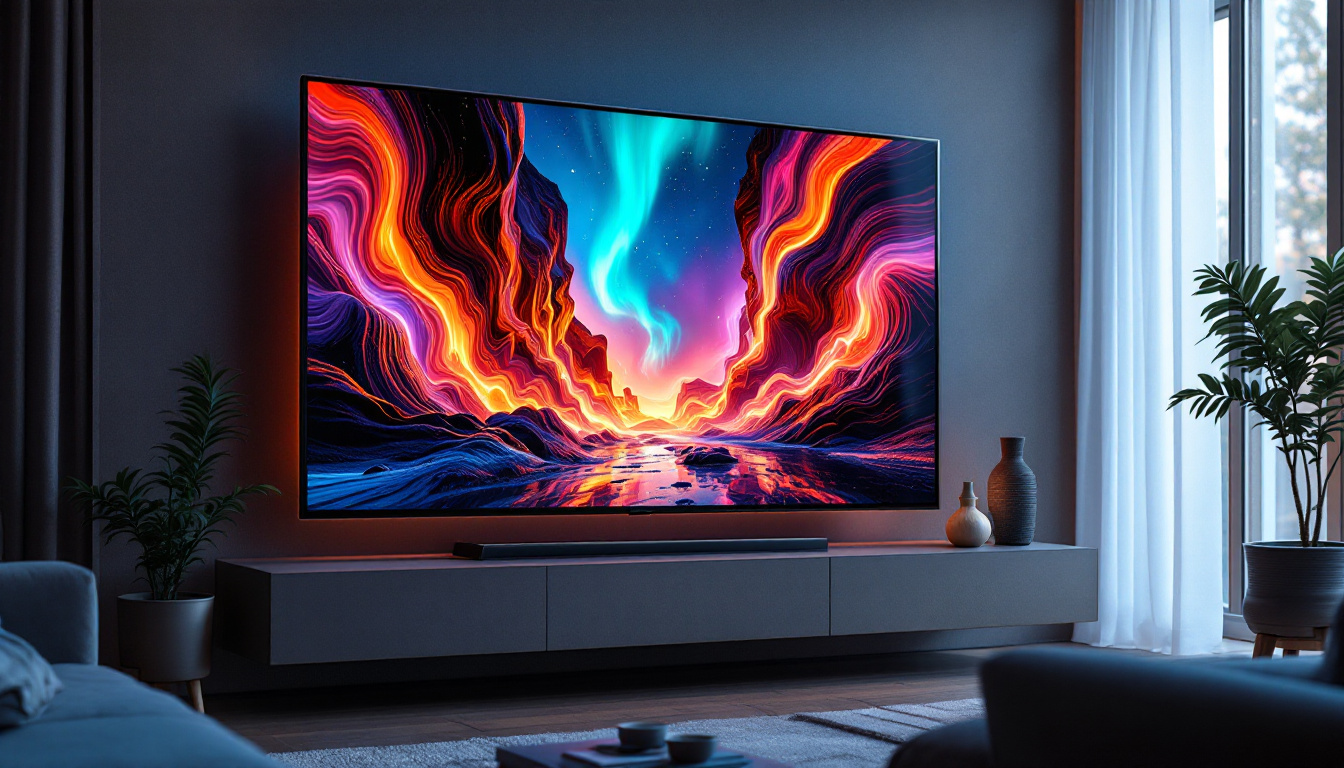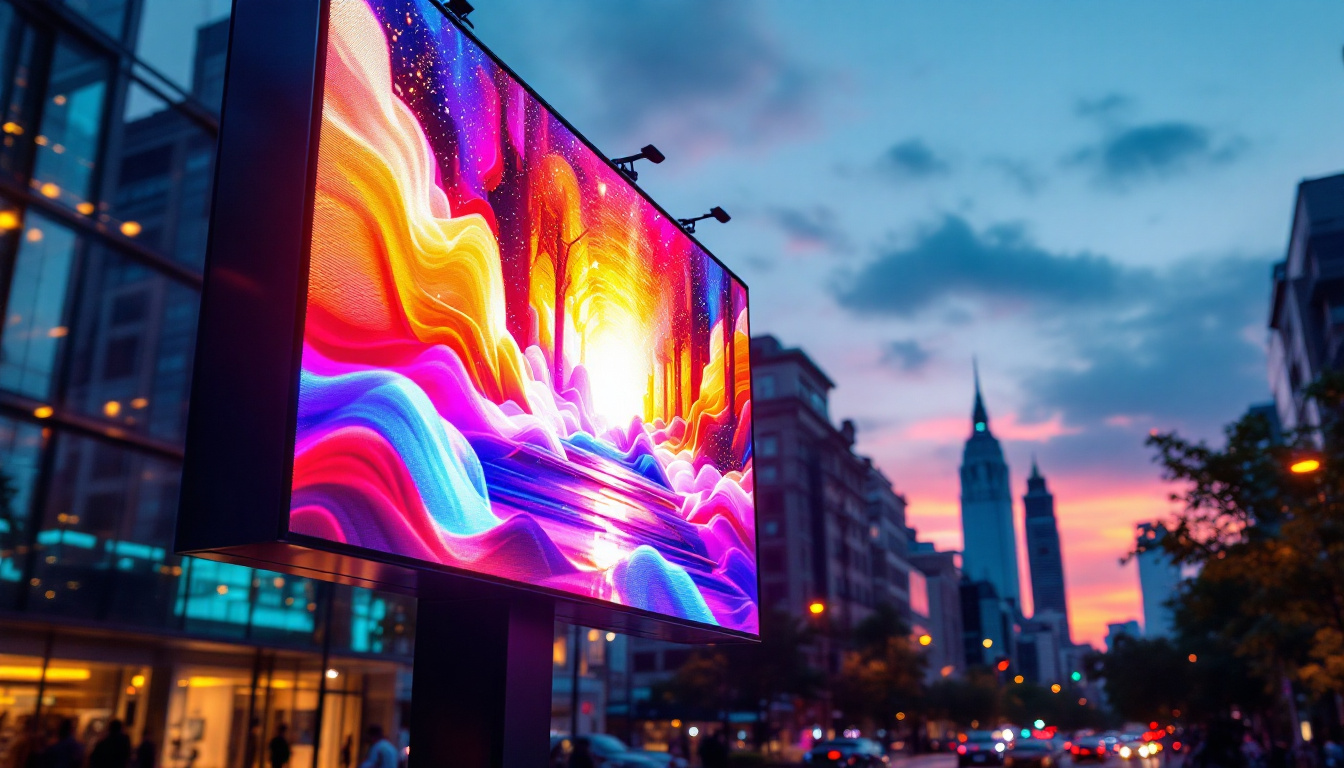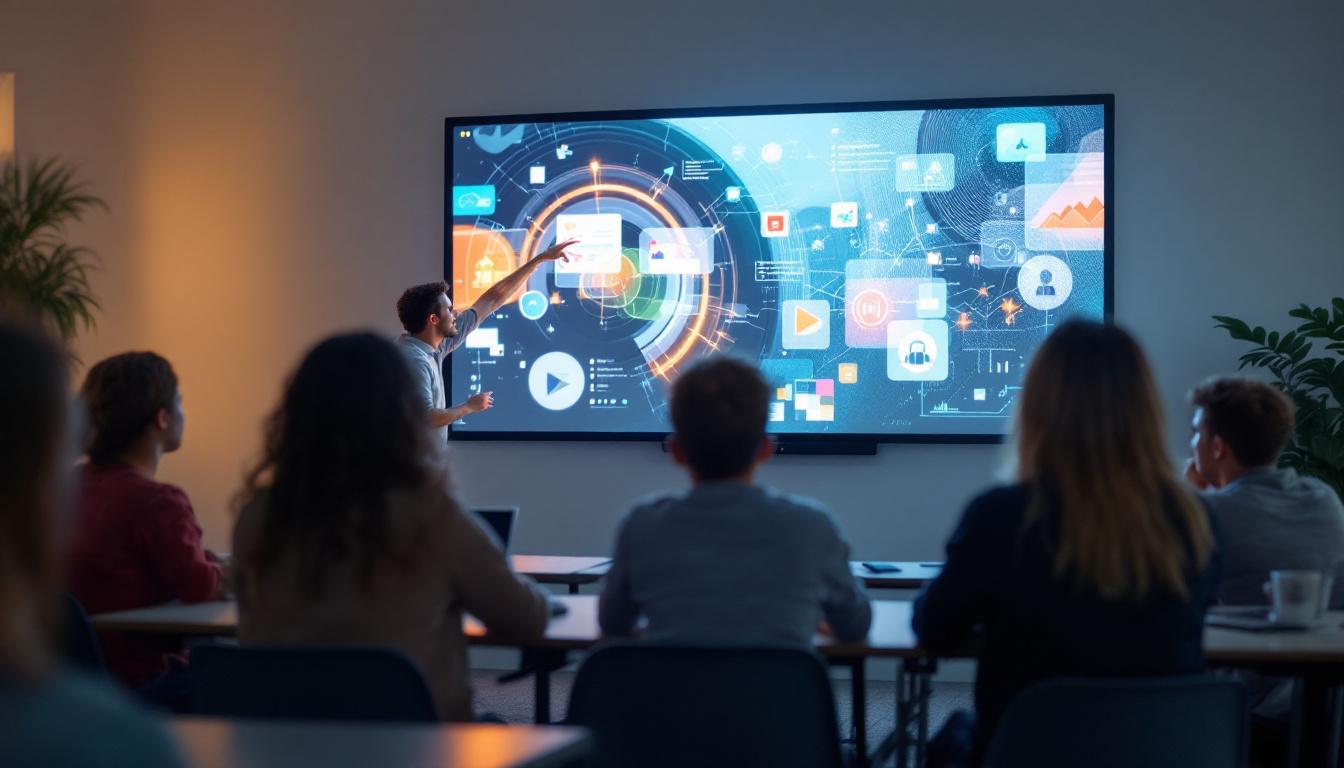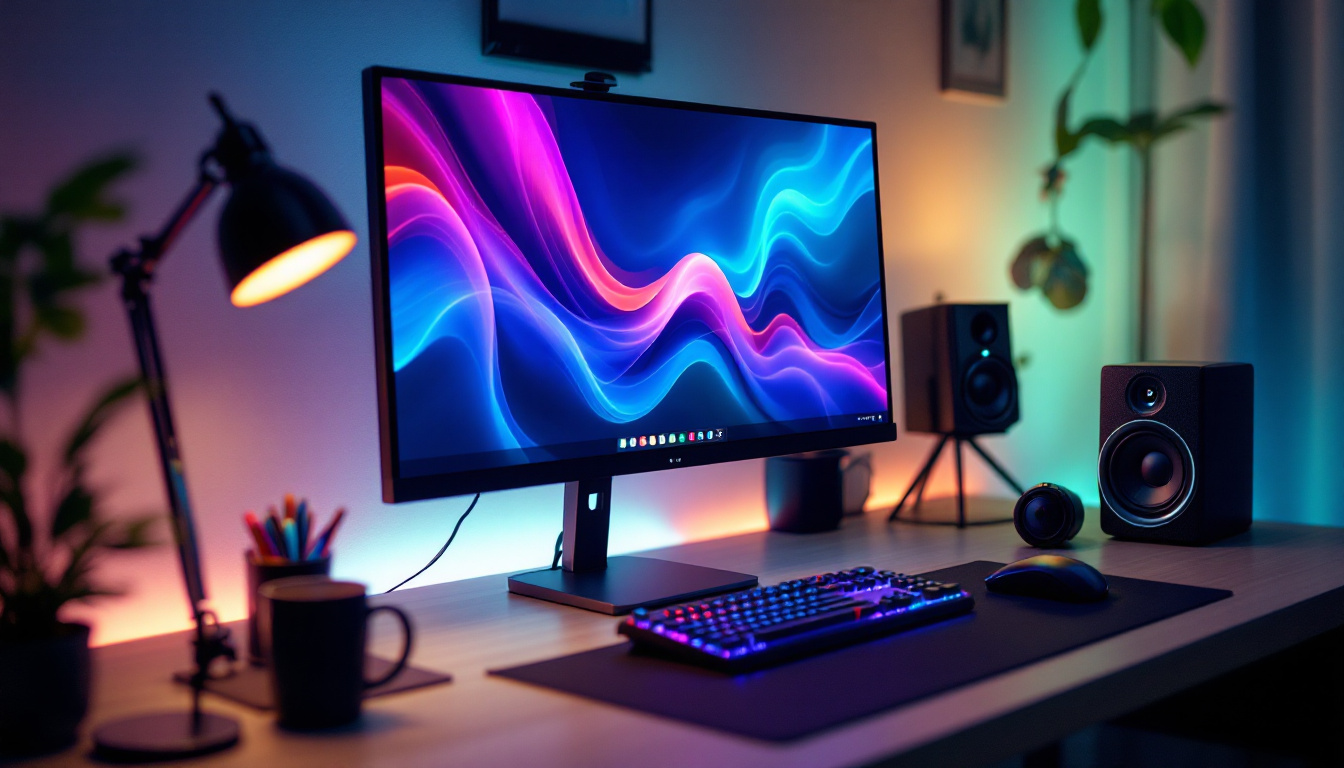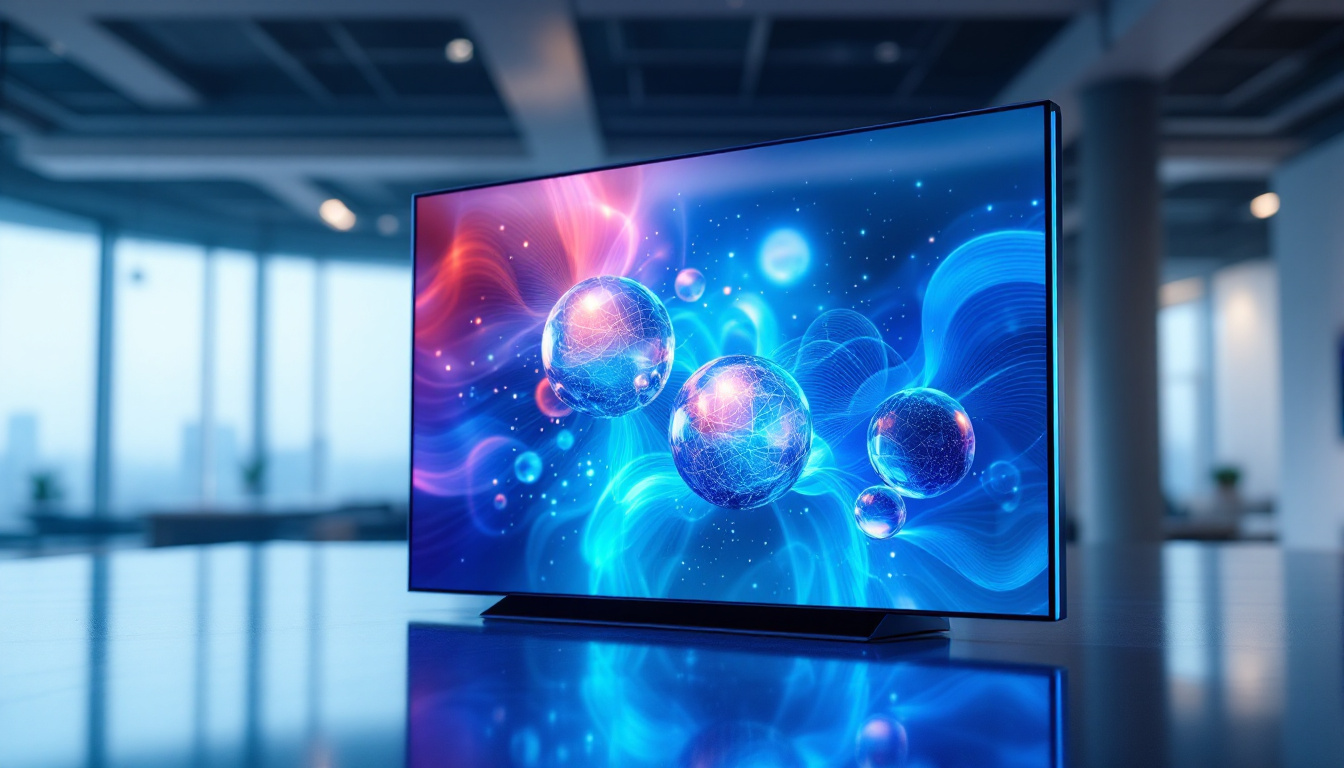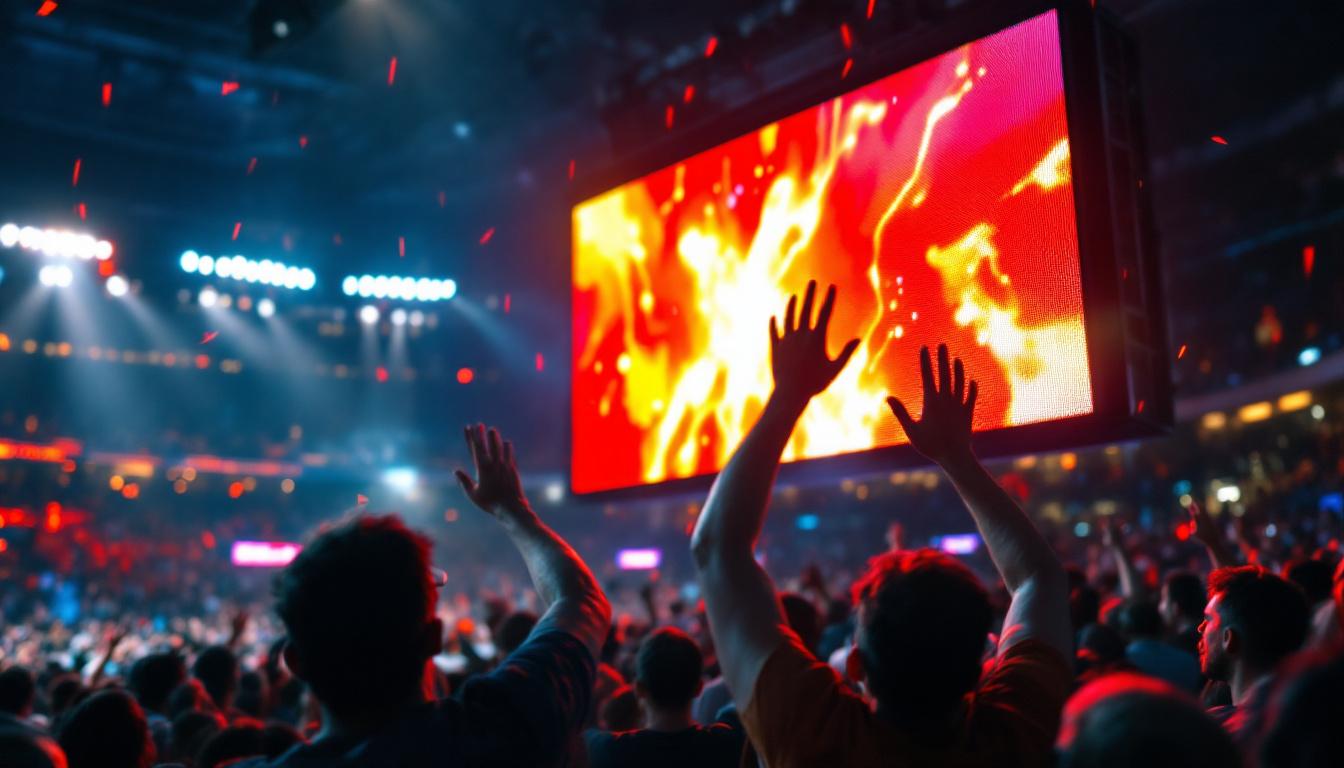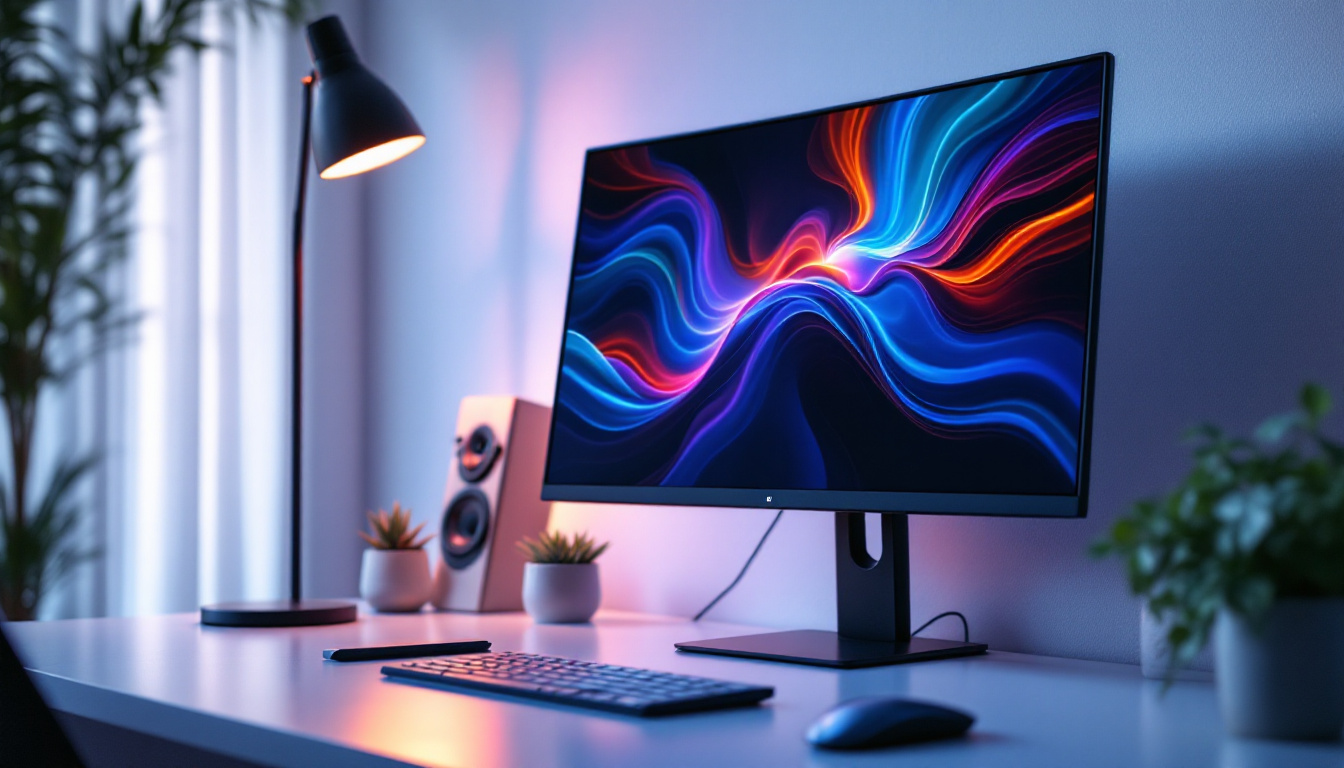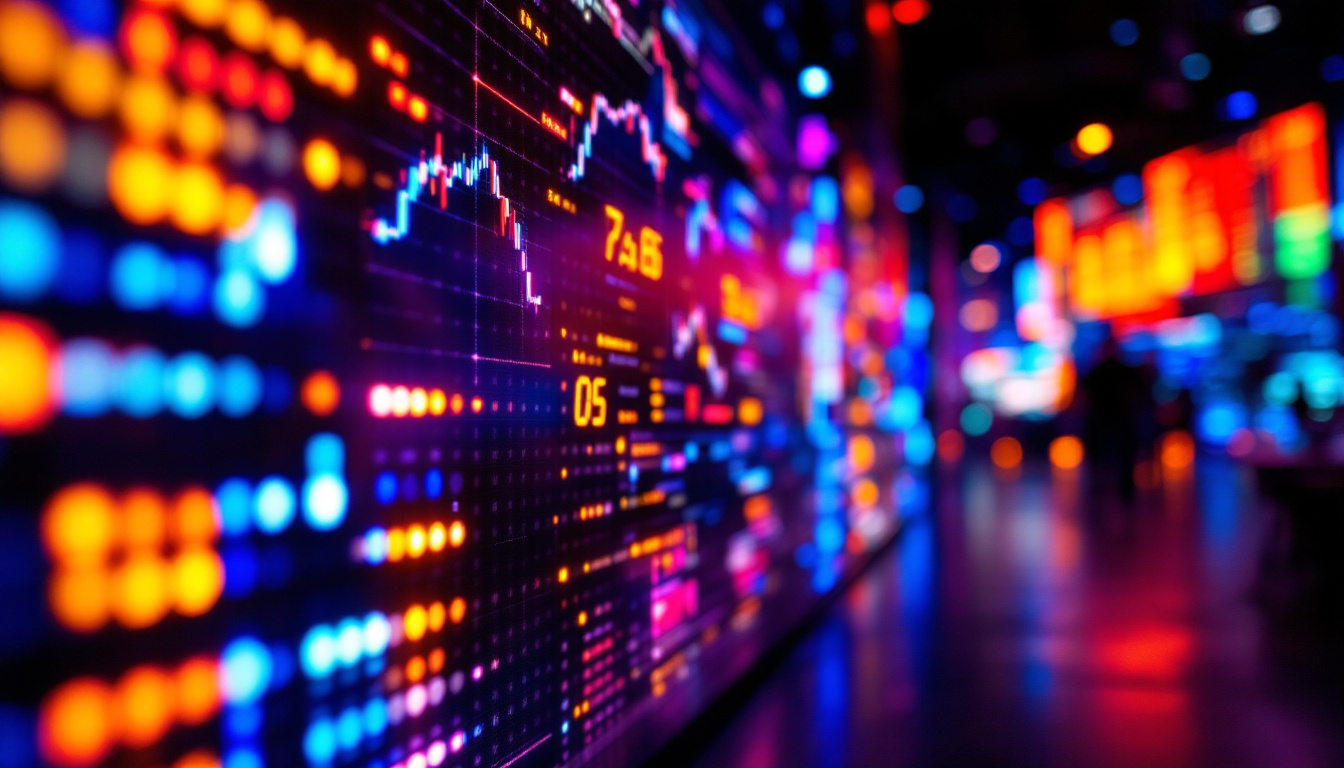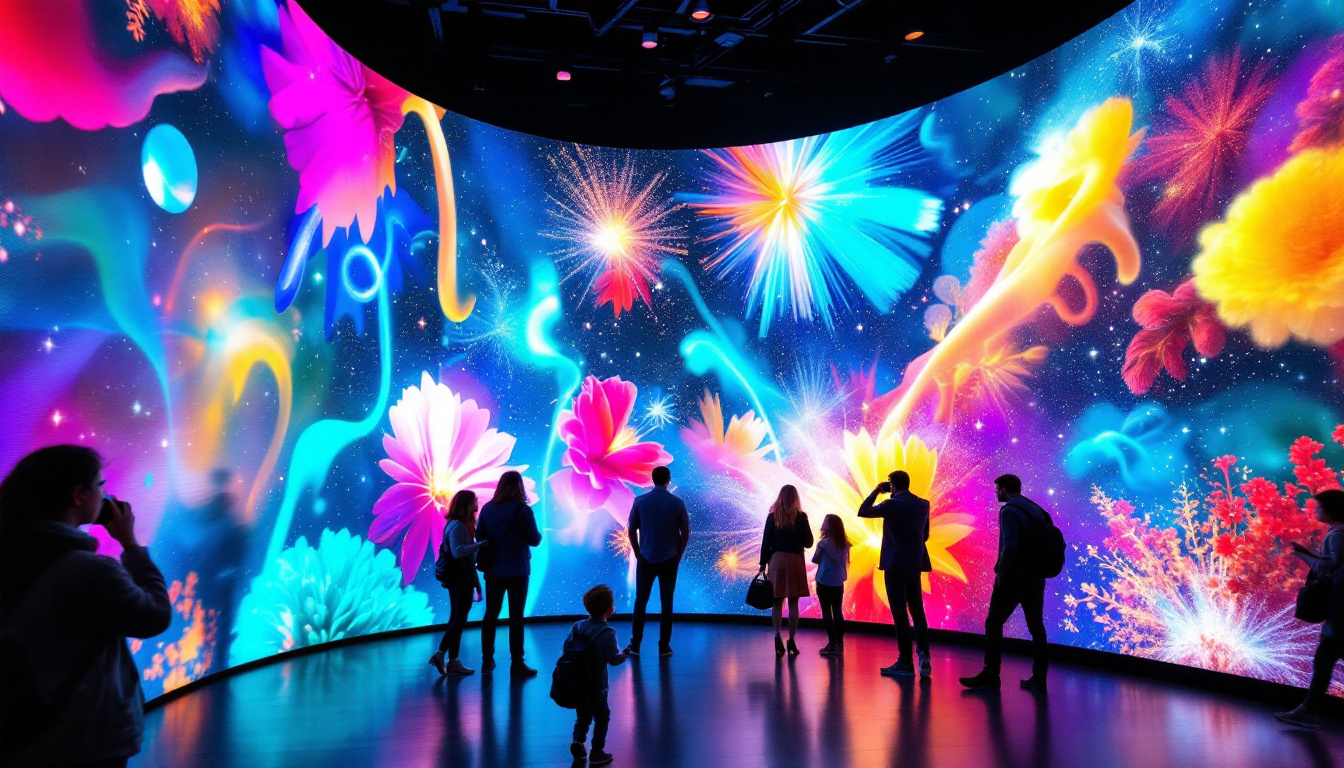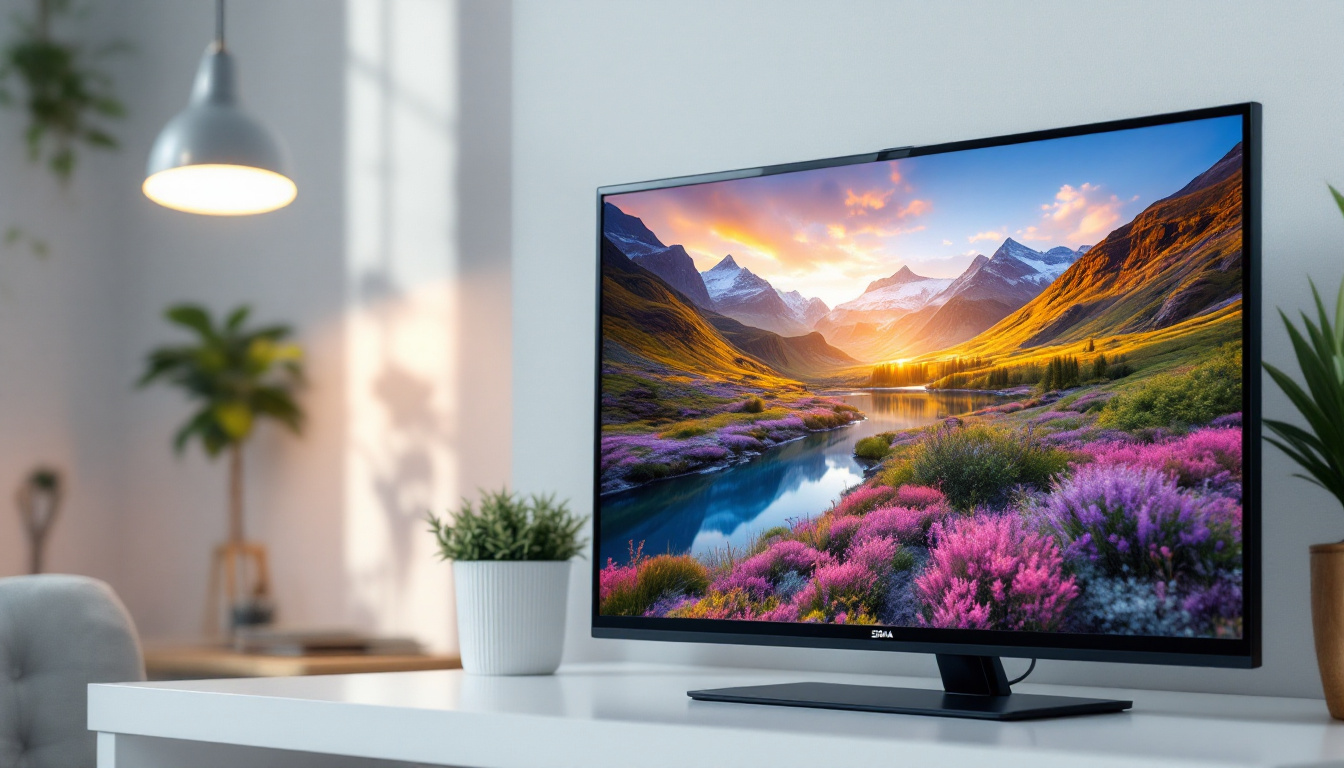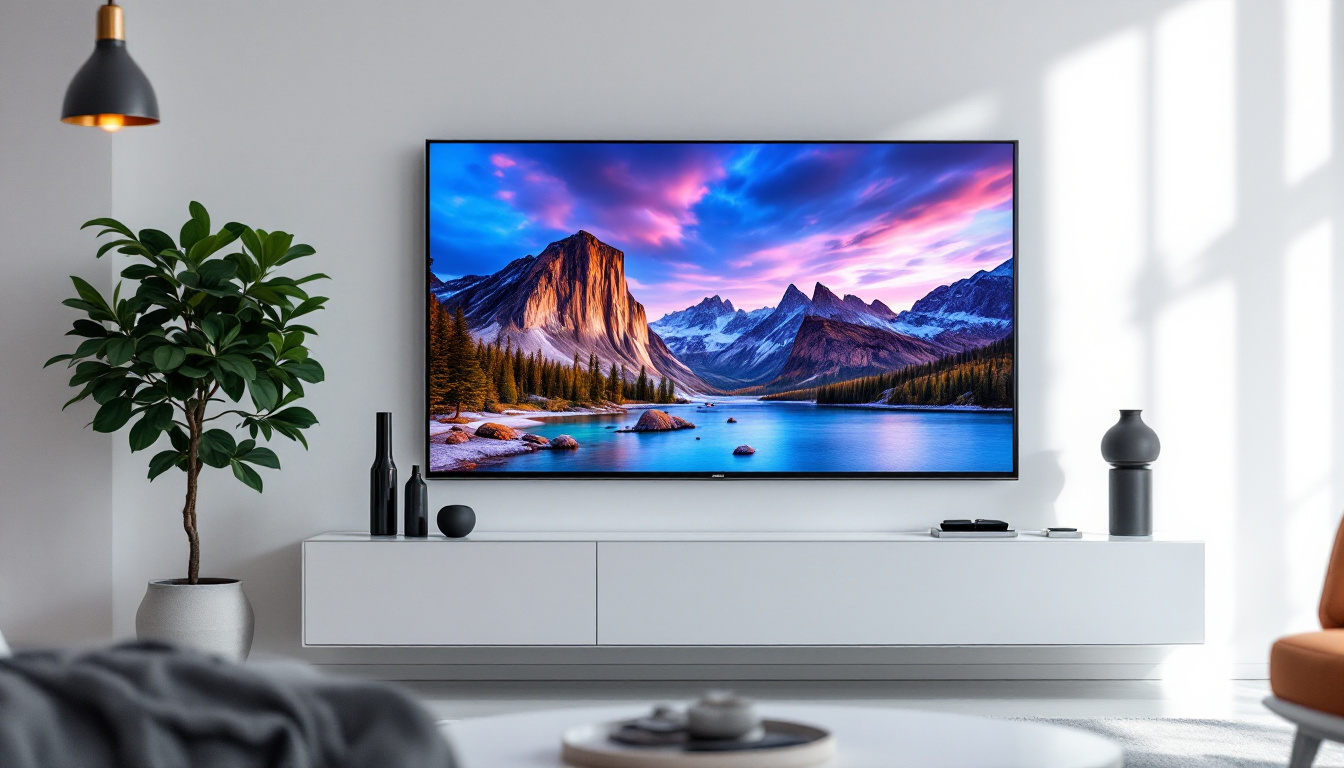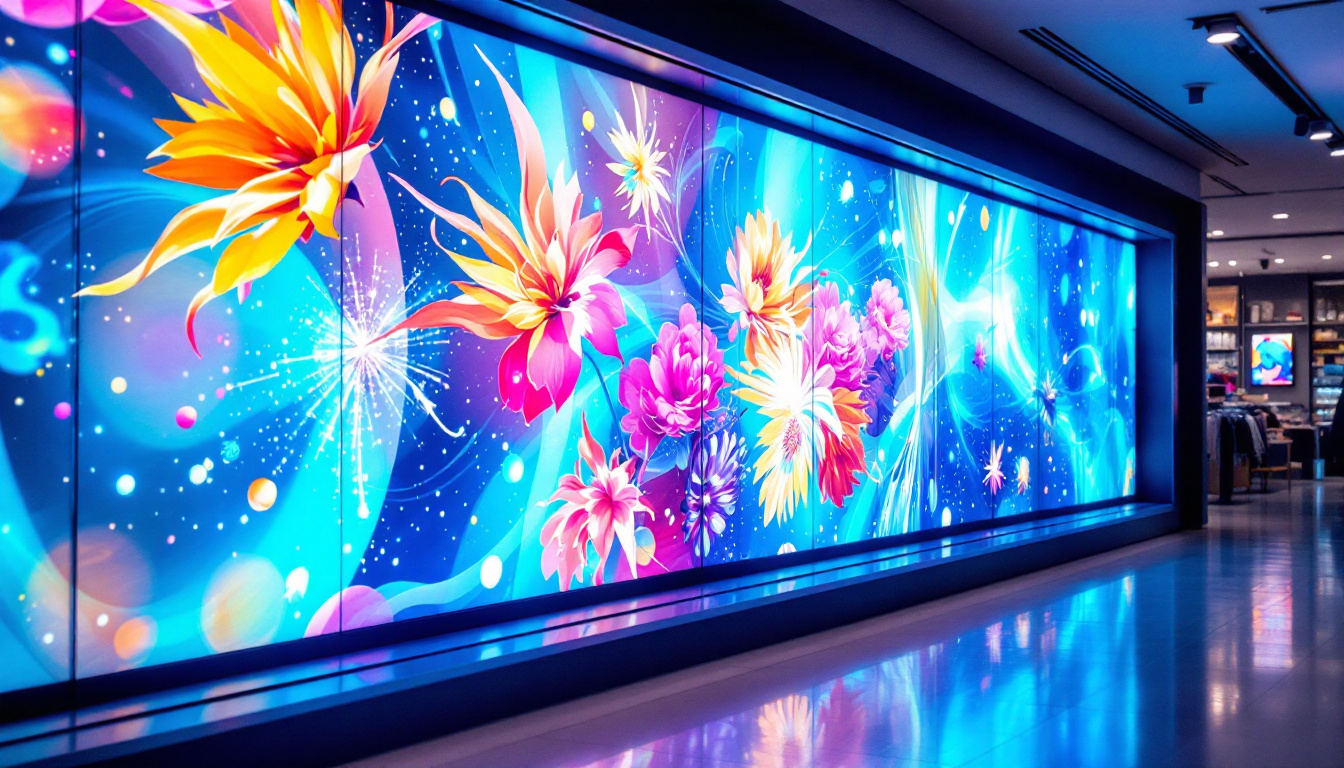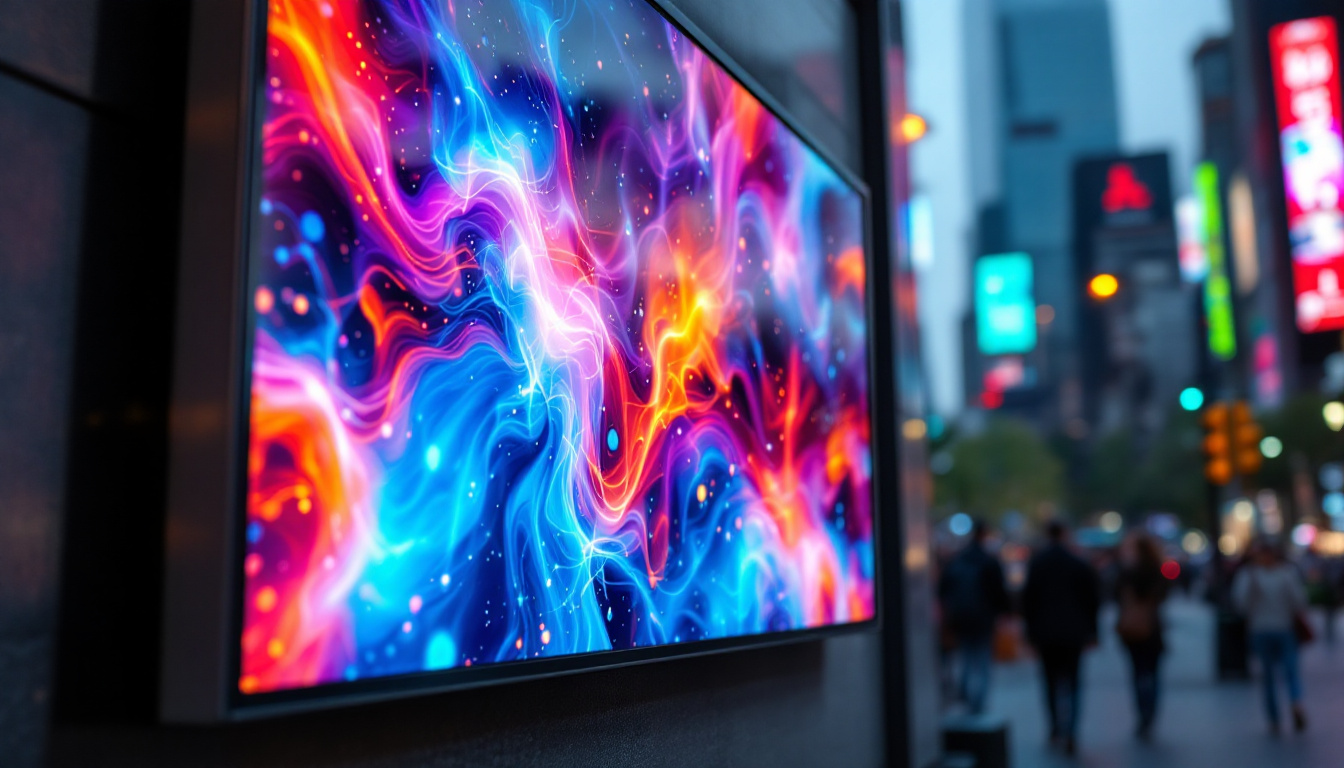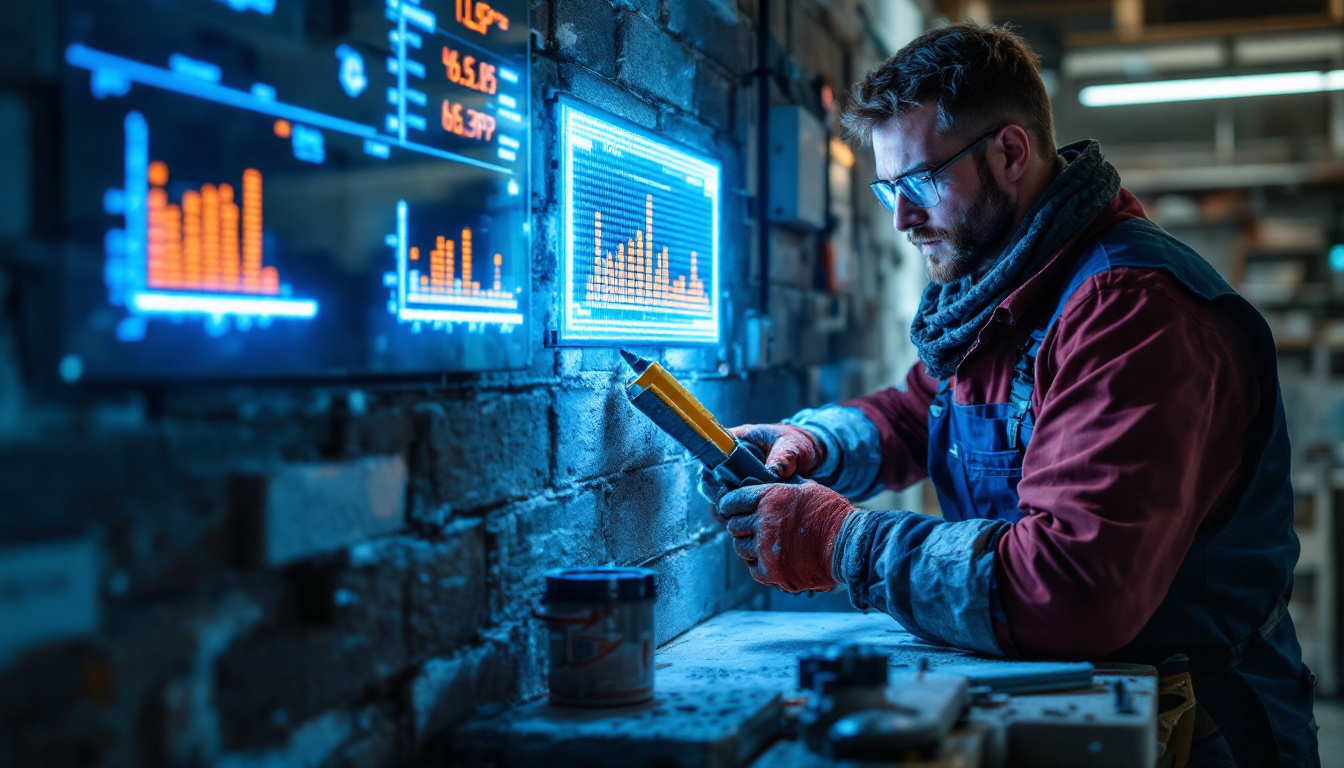In recent years, LED displays have revolutionized the way visual content is presented. These displays, known for their vibrant colors and high brightness, are increasingly becoming the go-to choice for various applications, from advertising to entertainment. One of the most notable advancements in this field is the development of “The Wall,” a modular LED display system that offers unparalleled flexibility and quality. This article delves into the intricacies of LED displays, focusing on The Wall and its impact on the industry.
Understanding LED Technology
Light Emitting Diodes (LEDs) are semiconductor devices that emit light when an electric current passes through them. Unlike traditional lighting methods, LEDs are energy-efficient and have a longer lifespan, making them ideal for various applications. The technology behind LED displays has evolved significantly, leading to the creation of high-definition screens that boast exceptional clarity and brightness. This advancement has not only transformed the entertainment industry but has also paved the way for innovative uses in advertising, signage, and even architectural lighting.
With their ability to produce a wide spectrum of colors, LEDs can be used to create dynamic displays that capture attention and convey messages effectively. The versatility of LED technology allows for creative applications, such as interactive installations and digital art, which engage viewers in new and exciting ways. As a result, LEDs have become a staple in modern visual communication, enhancing the way information is presented and experienced.
The Basics of LED Displays
LED displays are made up of numerous individual LEDs that work together to create images and videos. These displays can be categorized into two main types: direct view and backlit. Direct view LED displays consist of tiny LED modules that form the entire screen, while backlit displays use LEDs to illuminate an LCD panel from behind. The direct view technology is particularly advantageous for large-scale displays, such as those found in stadiums and concert venues, where visibility from a distance is crucial.
The resolution of an LED display is determined by the pixel pitch, which is the distance between the centers of two adjacent pixels. A smaller pixel pitch results in a higher resolution, allowing for more detailed images. This is particularly important for applications where viewers are close to the screen, such as in retail environments or during live events. Moreover, advancements in pixel technology have led to the development of microLED and miniLED displays, which offer even greater pixel density and improved color performance, further enhancing the viewing experience.
Advantages of LED Displays
LED displays come with a host of advantages that make them a preferred choice for many applications. Their brightness and color accuracy are unmatched, providing vivid visuals even in well-lit environments. Additionally, LED technology is highly energy-efficient, consuming significantly less power compared to traditional display technologies. This energy efficiency not only translates to lower operational costs but also contributes to a reduced carbon footprint, aligning with global sustainability efforts.
Another key advantage is their durability. LED displays are designed to withstand harsh conditions, making them suitable for both indoor and outdoor use. The robust construction of LED panels ensures they can endure exposure to elements such as rain, wind, and extreme temperatures. Furthermore, they are modular, allowing for easy installation and maintenance. This flexibility enables users to create custom display configurations that suit their specific needs. As technology continues to advance, the integration of smart features, such as remote monitoring and automated brightness adjustments, is becoming increasingly common, further enhancing the functionality and user experience of LED displays.
The Wall: A Game Changer in Display Technology
The Wall, developed by leading technology companies, represents a significant leap forward in LED display technology. This modular display system allows users to create large-scale screens by connecting multiple smaller panels seamlessly. The result is a stunning visual experience that can be tailored to various environments and applications.
Modular Design and Flexibility
One of the standout features of The Wall is its modular design. Each panel can be easily connected or disconnected, allowing for quick adjustments and reconfigurations. This flexibility is particularly beneficial for businesses that require dynamic display solutions, such as event venues, retail stores, and corporate environments.
Moreover, the modularity of The Wall enables users to create displays of virtually any size and shape. Whether it’s a massive video wall for a concert or a sleek, curved screen for a gallery, The Wall can adapt to meet the specific requirements of any project.
Unmatched Picture Quality
Picture quality is paramount in any display technology, and The Wall excels in this regard. With its self-emissive technology, each pixel emits its own light, resulting in deep blacks and vibrant colors. This capability allows for a wider color gamut and improved contrast ratios, ensuring that images are not only striking but also lifelike.
Additionally, The Wall features advanced processing capabilities that enhance image quality further. High dynamic range (HDR) support, for instance, allows for a greater range of brightness levels, making images appear more realistic. This is particularly advantageous for applications such as digital signage, where capturing the viewer’s attention is crucial.
Applications of The Wall
The versatility of The Wall makes it suitable for a wide range of applications across various industries. From entertainment to corporate communication, its impact is felt in numerous sectors. Here are some notable applications of this innovative display technology.
Entertainment and Events
In the entertainment industry, The Wall has become a staple for concerts, festivals, and live events. Its ability to create immersive visual experiences captivates audiences and enhances the overall atmosphere. Event organizers can utilize The Wall to display dynamic content, including videos, animations, and live feeds, ensuring that every attendee has a front-row experience.
Furthermore, The Wall’s modularity allows for creative stage designs. It can be configured into various shapes and sizes, enabling unique visual storytelling that complements performances. This adaptability has made it a favorite among event planners and production companies.
Retail and Advertising
In retail environments, The Wall serves as a powerful marketing tool. Retailers can use large-scale displays to showcase products, promotions, and brand messages in a visually striking manner. The vibrant colors and high resolution of The Wall attract customers’ attention, encouraging engagement and driving sales.
Moreover, The Wall’s flexibility allows retailers to change content quickly and easily. This capability is particularly beneficial during seasonal promotions or special events, where timely updates can make a significant impact on consumer behavior.
Corporate Communication
For corporate environments, The Wall offers an effective solution for internal communication and presentations. Companies can utilize large displays for meetings, conferences, and training sessions, ensuring that information is conveyed clearly and engagingly. The high-quality visuals enhance the overall presentation, making it easier for employees to absorb and retain information.
Additionally, The Wall can be used in lobbies and reception areas to create a lasting impression on visitors. Dynamic content showcasing the company’s achievements, values, and culture can be displayed, reinforcing brand identity and professionalism.
Installation and Maintenance Considerations
While The Wall offers numerous benefits, proper installation and maintenance are essential to ensure optimal performance. Understanding the installation process and maintenance requirements can help users maximize the lifespan and effectiveness of their LED displays.
Installation Process
Installing The Wall involves several steps, including site assessment, panel configuration, and calibration. A thorough site assessment is crucial to determine the best layout and configuration for the display. Factors such as viewing distance, ambient light conditions, and audience size must be considered to achieve the best results.
Once the layout is established, the panels can be mounted securely. This process may require specialized equipment and expertise to ensure that the display is level and properly aligned. After installation, calibration is necessary to optimize color accuracy and brightness levels, ensuring a consistent viewing experience across the entire display.
Maintenance and Care
Regular maintenance is vital for keeping The Wall in top condition. This includes routine cleaning, software updates, and performance checks. Dust and debris can accumulate on the surface of the panels, affecting image quality. Therefore, cleaning the display with appropriate materials is essential to maintain its clarity and brightness.
Additionally, software updates should be performed regularly to ensure that the display operates smoothly and efficiently. Monitoring performance metrics can help identify potential issues before they escalate, allowing for timely repairs and minimizing downtime.
The Future of LED Displays
The future of LED display technology looks promising, with ongoing advancements in both hardware and software. As technology continues to evolve, we can expect even more innovative solutions that enhance the capabilities of displays like The Wall.
Emerging Trends
One emerging trend in the LED display industry is the integration of artificial intelligence (AI) and machine learning. These technologies can enhance content delivery by analyzing viewer behavior and preferences, allowing for more personalized experiences. For instance, AI can optimize content based on audience engagement, ensuring that the most relevant information is presented at the right time.
Another trend is the development of transparent and flexible LED displays. These innovations open up new possibilities for creative applications, such as integrating displays into architectural elements or creating interactive installations. The ability to blend technology seamlessly with the environment will redefine how we interact with visual content.
Sustainability Efforts
As environmental concerns become increasingly important, the LED display industry is also focusing on sustainability. Manufacturers are exploring eco-friendly materials and energy-efficient technologies to reduce the environmental impact of their products. This shift towards sustainability not only benefits the planet but also appeals to consumers who prioritize environmentally responsible choices.
Conclusion
LED displays, particularly The Wall, have transformed the landscape of visual communication. Their modular design, exceptional picture quality, and versatility make them an invaluable asset across various industries. As technology continues to advance, the potential applications for LED displays will only expand, offering even more innovative solutions for engaging audiences.
Understanding the intricacies of LED technology and the benefits of displays like The Wall is essential for businesses and organizations looking to leverage visual communication effectively. By embracing these advancements, companies can enhance their marketing efforts, improve internal communication, and create memorable experiences for their audiences.
In summary, The Wall represents not just a technological innovation but a paradigm shift in how visual content is delivered and experienced. As the industry evolves, staying informed about the latest trends and developments will be crucial for harnessing the full potential of LED display technology.
Discover LumenMatrix’s Innovative LED Solutions
Ready to elevate your visual communication with the latest in LED display technology? Look no further than LumenMatrix, a pioneer in crafting immersive LED experiences. From vibrant Indoor and Outdoor LED Wall Displays to dynamic Vehicle and Sports LED Displays, LumenMatrix offers a comprehensive range of solutions tailored to your needs. Engage your audience like never before with our LED Poster Displays, Floor LED Displays, and revolutionary All-in-One LED Displays. Embrace the future with our Custom and Transparent LED options, designed to seamlessly integrate with any environment. Don’t miss out on the opportunity to transform your space and captivate your audience. Check out LumenMatrix LED Display Solutions today and join the visual revolution.

